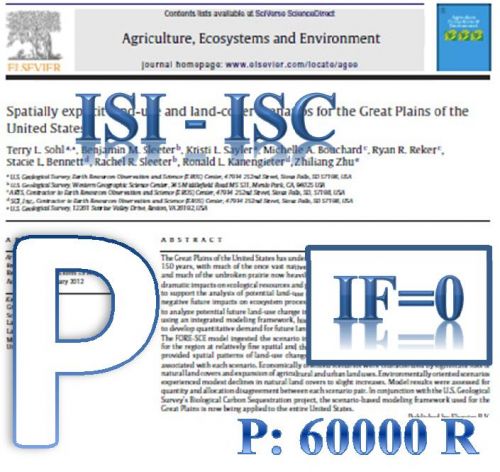Measurement of hematological parameters of fish exposed to toxicant are used to predict the toxic effects of toxicant. Experimental carps weighing 55.49±6.09g divided into 9 different groups contains 12 fish, were fed daily at 3% of their body weight for 8 continuous weeks. The diets contained copper as sulfate salt (25.18 or 38.15mg Cu/kg diet) and zinc as chloride salt (96.09 or 120.28mg Zn/kg diet) and control group was fed with diet containing no additional copper or zinc. A full factorial combination of above treatments (3×3) was performed. At the end of experiment, eight fish were randomly withdrawn from each tank and blood samples were taken from the caudal peduncle vein. The blood was used for determination of Hb (Hemoglobin), Hct (Hematocrit) and RBC (Red Blood Cell) count. Erythrocyte indices, including MCV, MCH and MCHC were also calculated. Our results showed that manipulation of copper and zinc contents in Cyprinus carpio diet induce changes in some hematological parameters. The RBC, Hb and MCHC showed a significant decrease in single zinc-treatments (p<0.05). There was a significant difference among RBC count and MCHC of single copper-treatments and control group (p<0.05). There was significant differences between RBC, MCV, MCH and MCHC indices of combined treatments and single (p<0.05). No changes in Hct levels was observed (p>0.05). Changes in the amounts of copper and zinc in diet resulted in altering hematological parameters in carp. Although copper and zinc are essential trace elements for fish, it needs to be carefully used as a supplement, because its high concentration in diet may reveal some adverse effects.
کلید واژگان :Cyprinus carpio, Hematocrit, Hemoglobin, Trace elements
ارزش ریالی : 1200000 ریال
با پرداخت الکترونیک
